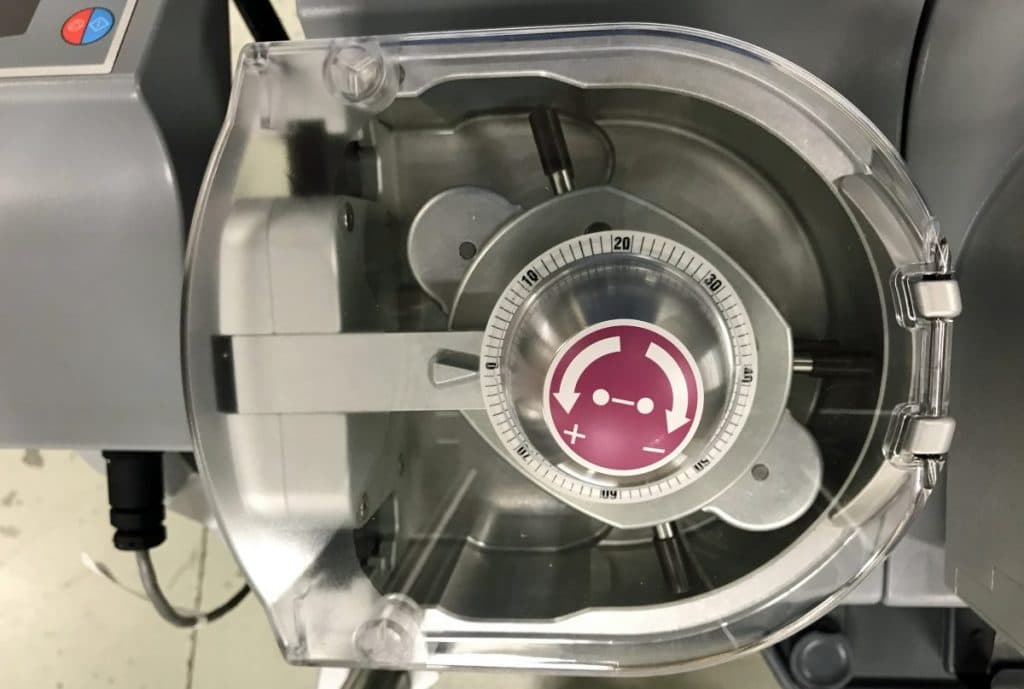Lack of Association Between Gaseous Microembolisms Assessed by a Single Detection Device and Cerebral Complications in Cardiac Surgery Patients

Objective
To assess the association between total volume and number of gaseous microemboli (GME) in the cardiopulmonary bypass (CPB) circuit and the occurrence of new postoperative cerebral infarctions and postoperative cognitive dysfunction (POCD) in patients undergoing cardiac surgery.
Design
Predefined subanalyses of the randomized controlled Perfusion Pressure Cerebral Infarcts (PPCI) trial.
Setting
Primary heart center in a university hospital.
Participants
A total of 143 adult patients undergoing cardiac surgery with CPB.
Interventions
Patients were allocated 1:1 to a low-target mean arterial pressure (MAP) of 40 to 50 mmHg or a high-target MAP of 70 to 80 mmHg during CPB with a fixed pump flow of 2.4 liters per minute per square meter body surface area plus 10% to 20%.
Measurements and Main Results
The total volume and number of GME in the CPB circuit were assessed by the Bubble Counter Clinical 200® (GAMPT GmbH). New cerebral infarcts were identified by diffusion-weighted magnetic resonance imaging (DWI) 3 to 6 days after surgery. The median number of GME per patient was 8069 (range 1,523-204,095) with a median total volume of 1.2 μL (range 0.07-48 μL). A total of 66 (46%) patients had DWI detected cerebral infarcts postoperatively, and 36 (28%) patients had POCD after 7 days. The authors found no significant association between volume or number of GME with MAP target allocation, presence of cerebral infarction, or POCD.
Conclusions
The authors found no significant associations between volume or number of GME with the occurrence of cerebral infarction or cognitive dysfunction in cardiac surgery patients.
